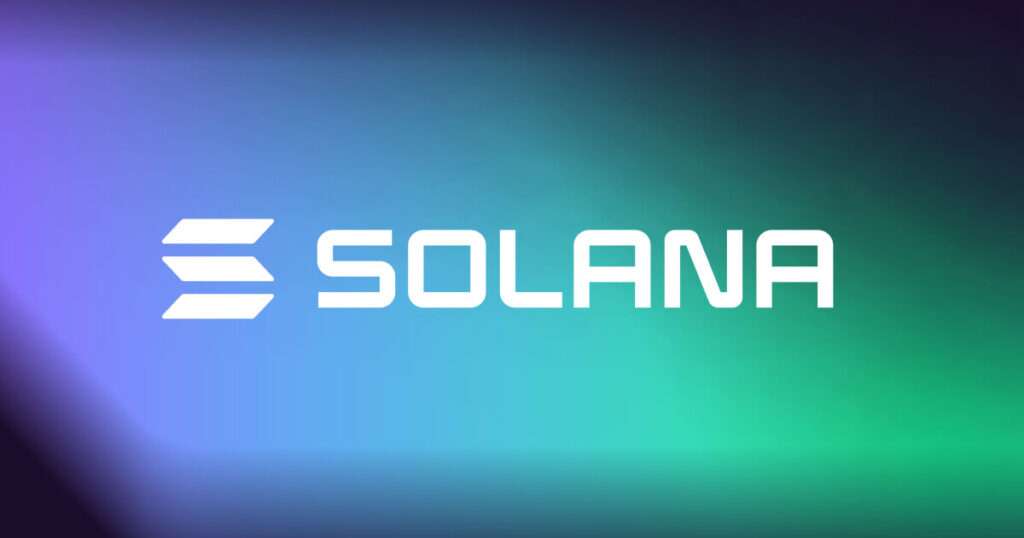Latest News
- Is Solana Forming a Death Cross Against Bitcoin?
- Why Are Solana Traders Betting On More Price Upside?
- Solana (SOL) Gains 13% In One Week But Stalls Below Key $136 Resistance
- Canary Capital Seeks SEC Approval for Tron ETF With Staking
Current Price
The current price of SOL is $134.95327
Introduction
Welcome to our Solana review.
When you explore Solana, you’ll discover it’s a blockchain platform that’s making waves with its impressive transaction speeds and low fees.
By leveraging a unique Proof of History consensus mechanism, Solana combines security with efficiency, presenting a compelling option for developers and users alike.
The platform isn’t just about speed; it’s also fostering a robust ecosystem for decentralized applications.
As you consider its developer support and active community, you might wonder how Solana stacks up against other blockchain giants and what the future holds with initiatives like Firedancer on the horizon.
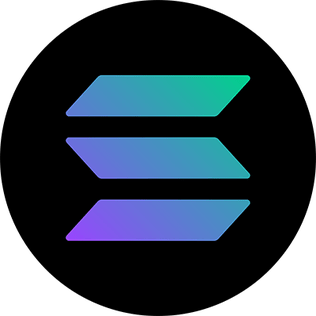
Quick Overview
- Solana processes up to 65,000 transactions per second, ensuring high-speed and scalable blockchain performance.
- Low transaction fees range from $0.00025 to $0.001, making it affordable for developers and users.
- Solana’s ecosystem supports various projects, including decentralized data storage and governance tokens.
- The platform uses Proof of History for enhanced security and transaction integrity.
- Comprehensive developer support with extensive documentation, SDKs, and active community engagement fosters innovation.
Overview of Solana
Here’s an excellent overview of Solana blockchain to get things started:
Solana is a high-performance blockchain platform designed to achieve fast transaction speeds without compromising decentralization.
Developed by Solana Labs founder, Anatoly Yakovenko, it leverages a unique consensus mechanism known as Proof of History (PoH) to enhance transaction speed and efficiency.
This innovation enables Solana to process up to 65,000 transactions per second, a significant leap compared to other blockchain networks.
When you use Solana, you’ll notice its incredibly low transaction fees, which makes it an attractive choice for deploying decentralized applications (dApps). The network’s native cryptocurrency, the SOL token, is integral to its ecosystem, facilitating transactions and participating in community governance.
Solana’s architecture is optimized for scalability and performance, making it a go-to platform for developers looking to build high-performance blockchain solutions. The efficient design minimizes bottlenecks that often plague other blockchain networks, guaranteeing that transactions are processed quickly and reliably.
Moreover, Solana fosters a decentralized environment where community governance plays a critical role. Holders of the SOL token can vote on proposals, influencing the future direction of the platform. This democratic approach guarantees that Solana remains adaptable and responsive to the needs of its users.
Key Features
Building on the robust architecture and community governance discussed earlier, the platform offers several key features that set it apart from other blockchain networks. The Solana network leverages its innovative technology to deliver unparalleled performance and reliability.
One standout feature is its horizontal scalability, which guarantees the network can handle a growing number of transactions without compromising performance. This scalability is vital for supporting decentralized exchanges and high-frequency trading, where swift, reliable transactions are essential.
Transaction costs on the Solana network are remarkably low, making it an attractive option for users and developers alike. The use of SOL tokens facilitates transactions and incentivizes block-producing validators, securing the network’s security and functionality.
Faster transaction speeds are another significant advantage, allowing the Solana network to process thousands of transactions per second.
The integration of innovative technology such as Proof of History (PoH) further enhances the network’s efficiency and accuracy. This makes Solana an integral part of the crypto ecosystem, providing a robust foundation for decentralized applications (dApps) and other blockchain-based solutions.

Transaction Speed
A critical metric for evaluating blockchain networks is transaction speed, and in this regard, Solana excels. In this Solana review, you’ll find that it stands out as one of the fastest blockchains available, thanks to its cutting-edge block propagation protocol.
Solana’s architecture supports thousands of transactions per second, a feat achieved through its innovative approach to network performance and scalability.
To put this into perspective:
- Transaction Speed: Solana can process up to 65,000 transactions per second (TPS), making it one of the fastest blockchains in the crypto networks.
- Block Propagation: Solana’s protocol reduces latency and bandwidth requirements, enhancing overall network performance.
- Minimal Cost: High transaction throughput is maintained at a minimal cost, ensuring affordability.
Solana’s high throughput is largely due to its unique consensus mechanism called Proof of History (PoH), which enhances the efficiency and accuracy of transaction processing.
By timestamping transactions, PoH enables swift verification and propagation across the network. This makes Solana not only fast but also highly scalable, capable of handling significant demand without compromising performance.
For anyone looking to engage with blockchain technology with a focus on speed and efficiency, Solana is a compelling choice.
Fee Structure
Having established the remarkable transaction speed of Solana, let’s analyze its fee structure, another vital aspect of blockchain networks.
Solana (SOL) is renowned for its low transaction fees, a significant advantage over many other blockchain platforms. The fee structure is designed to remain affordable, even as trading volumes and transaction volume increase. Typically, transaction fees on Solana range from $0.00025 to $0.001 per transaction, making it highly cost-effective.
This low-fee structure is essential for fostering scalability and supporting decentralized blockchain applications. As market dynamics shift and trading volumes surge, Solana’s fee structure remains stable, avoiding the exorbitant fees seen in other networks during peak usage.
The native token, SOL, plays a pivotal role in this system, being used to pay for transactions and participate in the network’s proof-of-stake consensus mechanism.
Moreover, Solana’s fee structure guarantees that innovative projects can thrive without being burdened by high costs. This affordability attracts a diverse range of developers and users, contributing to the platform’s robust ecosystem.
To conclude, Solana’s efficient fee structure, combined with its high transaction speed, positions it as a leading choice among blockchain platforms.

Ecosystem and Projects
Solana’s thriving ecosystem and innovative projects underscore its rapid ascent in the blockchain arena. The Solana (SOL) ecosystem has attracted a plethora of developers due to its high throughput and low transaction costs. By supporting a wide range of blockchain projects, Solana has established itself as a versatile and robust platform.
Key components of Solana’s ecosystem include:
- Decentralized Data Storage Cryptocurrency: Projects like Arweave leverage Solana’s speed and efficiency for decentralized storage solutions.
- Governance Token: Protocols such as Serum utilize governance tokens to enable community-driven decision-making.
- Token Wallet: Phantom and Sollet wallets provide secure and user-friendly interfaces for managing SOL and other tokens.
Solana’s daily transaction volume consistently reaches millions, demonstrating its capacity to handle high traffic. This high daily volume is supported by additional validator clients and independent validator clients, which enhance the network’s decentralization and reliability.
Furthermore, Solana’s commitment to scalability guarantees that the ecosystem can handle future growth without compromising performance.
Some significant projects on Solana include Jupiter, Orca, Drift, Solend, Helium, and Render.
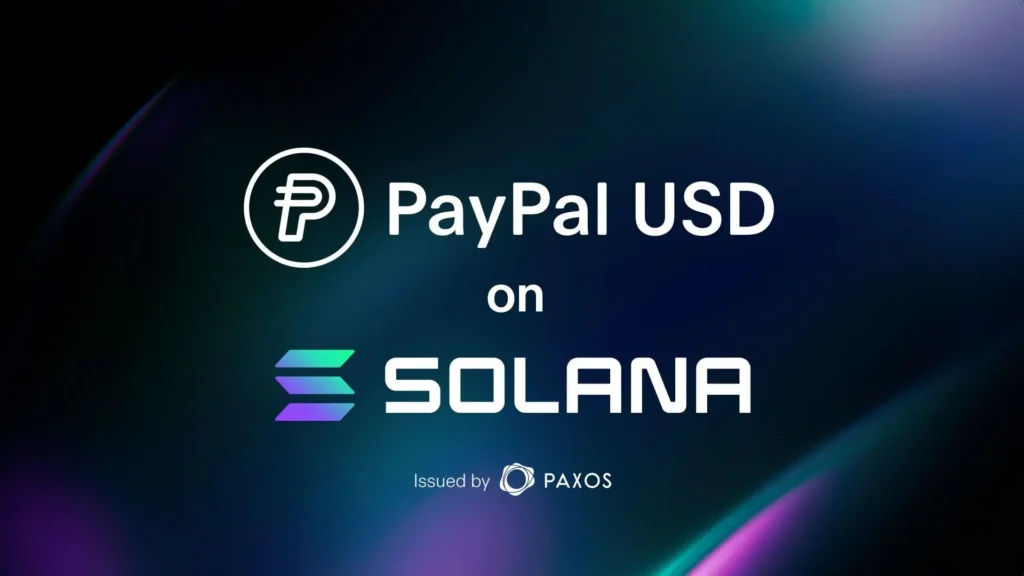
Security Measures
Ensuring robust security measures is essential for any blockchain platform, and Solana takes this responsibility seriously.
Solana (SOL) employs a history consensus mechanism known as Proof of History (PoH), which enhances security by timestamping transactions before they’re processed. This method, designed by Greg Fitzgerald, synchronizes the network efficiently, reducing the risk of attacks common in the blockchain industry.
Solana’s Tower BFT (Byzantine Fault Tolerance) further fortifies the network. By leveraging PoH, Tower BFT optimizes consensus processes, ensuring that validators can agree on the state of the blockchain securely and swiftly.
This dual-layered approach mitigates potential vulnerabilities that could be exploited by malicious actors.
In the domain of confidential transfers, Solana incorporates confidential token and confidential transfer extension protocols.
These security measures allow transactions to be verified without revealing sensitive information, maintaining user privacy without compromising transaction integrity. Such features are vital for cryptocurrency exchanges where large volumes of data must remain secure.
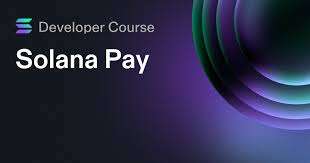
Developer Support
While robust security measures are paramount, a blockchain platform’s success also hinges on the support it provides to developers. Solana (SOL) excels in this regard, offering extensive resources to aid your development journey. The Solana ecosystem provides a thorough overview of tools and documentation, ensuring you can navigate its complex architecture with ease.
- Developer Documentation: Solana boasts well-structured and detailed documentation, making it easier to understand its blockchain smart contract functionalities.
- Tooling and SDKs: With advanced Software Development Kits (SDKs) and APIs, you can efficiently build and integrate applications like Solana Pay into the Solana Saga.
- Educational Resources: Solana’s platform includes tutorials, webinars, and forums that address difficult engineering challenges and promote best practices.
This meticulous developer support is essential for enhancing scalability across the entire network. By simplifying the development process, Solana positions itself strongly in the competitive blockchain space, making it an attractive option for developers looking to leverage blockchain smart contracts.
Its focus on providing robust support helps mitigate the challenges of difficult engineering, thereby fostering innovation and ensuring the platform remains scalable and efficient.
Community and Adoption
A notable factor contributing to Solana’s growing prominence is its vibrant community and widespread adoption.
Solana’s actions have fostered a strong network of crypto enthusiasts by lowering barriers to entry with its highly efficient Solana cluster architecture. The community reserve plays an essential role, providing resources and support for developers and users alike, which enhances engagement and innovation.
Solana’s balance between scalability and speed has markedly shifted market sentiment, positioning it as a formidable contender in the blockchain market. The platform’s ability to handle thousands of transactions per second without compromising security or decentralization has attracted a diverse range of projects, particularly in the non-fungible tokens (NFTs) space.
By enabling quick, low-cost transactions, Solana has made it easier for artists and creators to mint and trade NFTs, thereby expanding its user base.
Data shows that Solana’s adoption rate is accelerating, with an increasing number of decentralized applications (dApps) and integrations. This rapid growth is a reflection of the platform’s robust infrastructure and the active participation of its community.
As Solana continues to evolve, its community and adoption metrics will be key indicators of its sustained impact in the blockchain ecosystem.
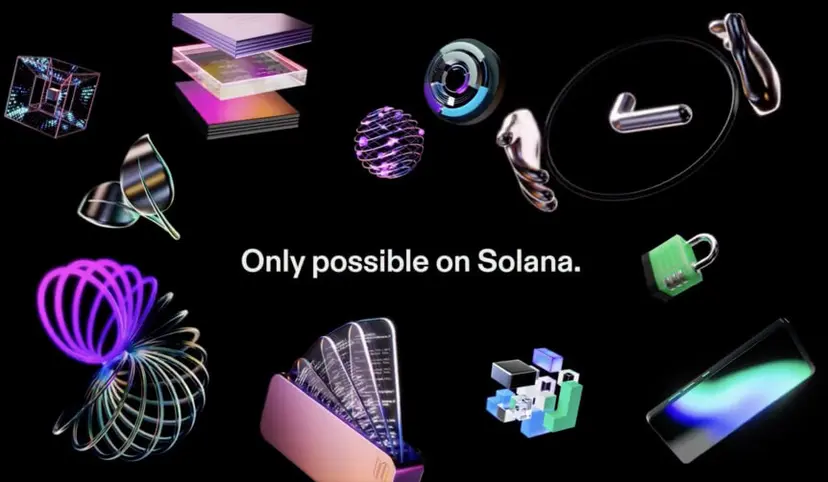
Future Prospects And Firedancer
Looking ahead, Solana’s future prospects appear promising, driven by both technological advancements and strategic initiatives like Firedancer.
Firedancer aims to enhance Solana’s blockchain technology, positioning it as a formidable competitor to Ethereum 2.0.
This initiative focuses on increasing transaction speeds and reducing latency, which is critical as the crypto space demands faster alternatives.
Key Highlights:
- Scalability and Efficiency: Firedancer’s implementation can potentially handle tens of thousands of transactions per second, making Solana one of the fastest blockchains.
- Ecosystem Growth: Partnerships with platforms like Magic Eden will amplify Solana’s presence in the NFT market.
- Market Resilience: Solana’s adaptability to market trends strengthens its position in the volatile crypto markets.
Incorporating Firedancer into Solana’s framework will offer substantial improvements in blockchain analytics, enabling better data-driven insights and decision-making.
Solana (SOL) already stands out due to its low transaction fees and high throughput, but Firedancer will elevate its capabilities, making it an even more attractive option for developers and investors alike.
As the crypto markets evolve, Solana’s proactive approach to technological advancement and strategic partnerships will guarantee it remains a key player, well-positioned to challenge Ethereum 2.0 and other competitors.
Layer 1 Blockchain Comparison
Our expert team here at Trade Wise has researched and created a comparison table of the most popular layer 1 blockchains including theoretical transactions per second, average transaction fee, time to finality and much more.
We collected this data in June 2024 so it may change over time (especially gas fees, and Solana’s theoretical TPS will increase significantly with the Firedancer upgrade for example).
This table contains all the data you need to make an informed comparison of how the most popular layer 1 blockchains perform and the strengths and weaknesses of each.
Blockchain Performance Comparison (June 12, 2024)
| Ethereum | Cardano | Solana | Avalanche | Algorand | Internet Computer | |
|---|---|---|---|---|---|---|
| Theoretical TPS | 119 | 386 | 65,000 | n/a (4,500 TPS was claimed previously) | 6,000 | 11,500 |
| Live TPS | 14 | 1.96 | 2,100 (including vote TXs) 980 (excluding vote TXs) | 3.5 (C-Chain only) 15.5 (including subnets) | 28.9 | ~6,000 |
| Average Transaction Fee | $8.57 | $0.17 | $0.02 | $0.27 | $0.0008 | $0.0012 (ICP transfers) |
| Transaction Finality | ~15 minutes | 12 hours (absolute certainty) Between 2 min and 25 min (practical purposes) | ~12 seconds | ~1 second | Instant (~3 second block time) | ~2 seconds (NNS transactions) |
| Node Count | 6,592 | 3,088 | 4,046 | 1,731 | 1,489 | 559 |
| Energy Consumption | 0.0026 TWh (annualized) | 0.0025 TWh (annualized) | 0.022 TWh (Mar 2022 – Feb 2023) | 0.00046 TWh (annualized) | 0.00070 TWh (annualized) | 0.00074 TWh (annualized) |
Frequently Asked Questions
How Does Solana’s Energy Consumption Compare to Other Blockchains?
You’ll find Solana’s energy consumption considerably lower than most blockchains. It uses a Proof of History consensus mechanism, resulting in reduced energy demands. Compared to Bitcoin and Ethereum, Solana’s carbon footprint is impressively minimal and sustainable.
Can Solana Be Integrated With Existing Financial Systems?
You can integrate Solana with existing financial systems by leveraging its high throughput and low latency. Solana’s architecture supports seamless interoperability, making it suitable for financial applications requiring fast, secure transactions and efficient data processing.
Is There a Minimum Investment Required to Participate in Solana Staking?
You don’t need a minimum investment to stake Solana (SOL). However, staking smaller amounts can result in lower rewards due to validator fees and network costs. It’s essential to analyze your potential returns before committing.
What Are Some Real-World Applications Currently Using Solana?
You’ll find real-world applications like Serum for decentralized trading, Audius for music streaming, and Star Atlas for blockchain gaming. These projects leverage Solana’s high throughput and low latency to deliver seamless user experiences and scalability.
How Does Solana Handle Regulatory Compliance and Legal Issues?
You’ll find Solana handles regulatory compliance and legal issues by implementing robust KYC/AML protocols, collaborating with legal experts, and ensuring adherence to global financial regulations, thereby maintaining a secure and legal framework for its operations.
Wrapping Up
In conclusion, you’ll find Solana’s high transaction speed, minimal fees, and unique Proof of History consensus mechanism make it a compelling choice for blockchain enthusiasts.
Its robust ecosystem, extensive developer support, and active community further solidify its competitive edge.
As Solana continuously evolves through initiatives like Firedancer, it’s well-positioned for future scalability and market adaptability.
This detailed analysis underscores Solana’s potential to remain a leading platform in the rapidly growing crypto space.
To get started with Solana simply sign-up with a good crypto exchange such as Binance, Coinbase, MEXC, or Pionex.
